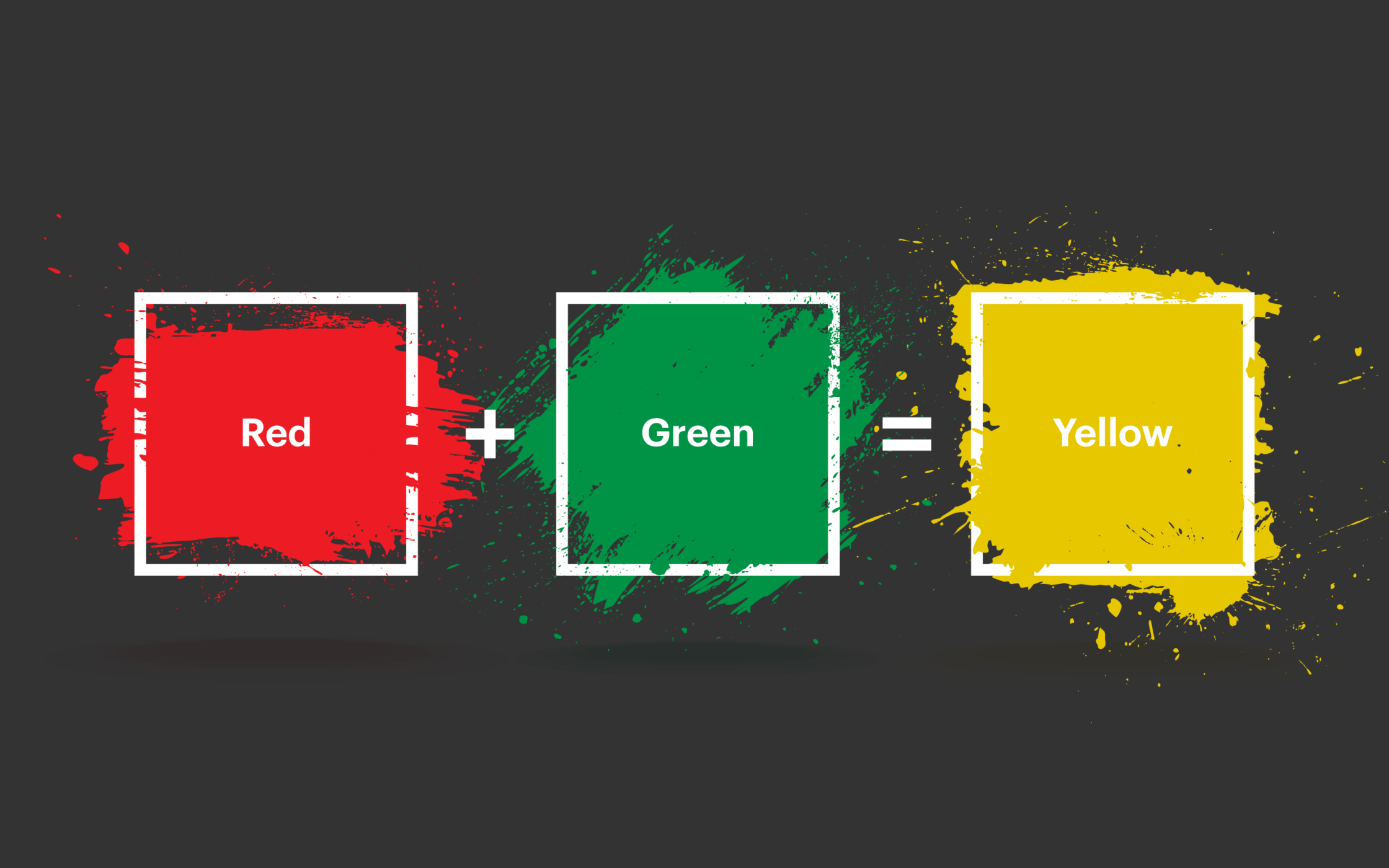When it comes to the vibrant world of color, yellow holds a special place in our hearts and minds. This bright hue is often associated with sunshine, happiness, and warmth, making it a popular choice in art, design, and even fashion. However, you might find yourself wondering: what colors make yellow? Understanding the composition of yellow not only deepens our appreciation for this color but also enhances our skills in mixing and creating new shades. The intrigue behind yellow's creation lies in the science of color theory, where primary colors combine to form new ones.
In color theory, yellow is classified as a primary color, meaning it cannot be created by mixing other colors. However, this leads to a fascinating exploration of how varying shades of yellow can be achieved through the manipulation of other colors. Whether you are an artist seeking to perfect your palette or simply curious about the world of colors, knowing what colors make yellow can add depth to your understanding of visual aesthetics.
As we delve into the world of colors, we'll explore the different hues that can enhance or alter the brightness of yellow. From the basics of color mixing to the psychological effects of yellow in our lives, this article aims to provide a comprehensive guide to all things yellow. So, let's embark on this colorful journey and discover the secrets behind what colors make yellow!
What Are the Primary Colors?
The concept of primary colors is foundational in color theory. Primary colors are the building blocks of all other colors. There are three primary colors in traditional color theory: red, blue, and yellow. These colors cannot be created by mixing other colors, but they can be combined in various ways to produce a spectrum of additional shades.
How Do Secondary Colors Relate to Yellow?
In the realm of color mixing, secondary colors are formed by combining two primary colors. When it comes to yellow, the secondary colors that can be created include:
- Green: A mix of yellow and blue.
- Orange: A mix of yellow and red.
- Purple: A mix of blue and red.
As you can see, while yellow itself cannot be made from other colors, it plays a crucial role in the creation of these secondary shades. Understanding this will help you appreciate the spectrum of colors that can be achieved through mixing.
What Colors Make Different Shades of Yellow?
While yellow is a primary color, it can take on different shades and tones through the addition of other colors. Here are some ways to create various shades of yellow:
- Pale Yellow: Mix yellow with white to lighten the hue.
- Mustard Yellow: Blend yellow with a touch of brown for a deeper, earthy tone.
- Golden Yellow: Add a hint of orange to achieve a rich, warm shade.
These variations can greatly influence the mood and aesthetic of your work, whether in painting, decorating, or fashion.
Can Yellow Be Mixed with Other Colors?
Indeed, yellow can be mixed with other colors to create a variety of effects. Depending on the colors you choose to blend with yellow, the outcome can vary dramatically. For instance, mixing yellow with blue can create shades of green, while combining yellow with red results in orange. Understanding how to mix yellow with other colors is vital for artists and designers alike, as it allows for greater creative expression.
What Psychological Effects Does Yellow Have?
Yellow is often associated with positivity and energy. It stimulates mental activity and generates muscle energy, making it a popular choice in marketing and design. Here are some psychological effects of yellow:
- Happiness: Yellow is often linked to feelings of joy and optimism.
- Attention-Grabbing: Bright yellow is highly visible and often used for warning signs.
- Creativity: Yellow can inspire creative thinking and stimulate new ideas.
The color yellow's impact on human emotions and behavior cannot be underestimated, making it a powerful tool in various fields.
How Can You Use Yellow in Art and Design?
Incorporating yellow into your art and design can significantly enhance visual appeal. Here are some tips for using yellow effectively:
- Accent Color: Use yellow as an accent to draw attention to specific areas.
- Balance: Combine yellow with complementary colors like purple for harmony.
- Layering: Experiment with layering different shades of yellow for depth.
By understanding what colors make yellow and how to use yellow effectively, you can elevate your artistic endeavors and design projects.
Conclusion: The Vibrant World of Yellow
In conclusion, the question "what colors make yellow?" leads us into a deeper understanding of color theory and its application in our daily lives. While yellow is a primary color that cannot be made from other colors, it plays a crucial role in creating secondary colors and various shades. By mastering the art of mixing colors and understanding the psychological effects of yellow, we can unlock a world of creativity and expression.
As you embark on your journey into the colorful realm of yellow, remember that this bright hue is more than just a color—it's a symbol of happiness, creativity, and warmth. So go ahead, mix, match, and explore the vibrant possibilities that yellow has to offer!
You Might Also Like
Exploring The Fascinating World Of Ms. Pac-Man Video GamesCiao Bella: Unraveling The Meaning Behind The Phrase
You Are My Sunshine: LeBron James And The Light He Brings
Journey Of Faith: Take Me To The King
Exploring The Fascinating World Of Cat Kitty Cat Kitty Cat
Article Recommendations
- Scott Bakula
- John Rzeznik
- Crime Scene Photos Of Gypsy Roses Mom
- Charles Huston Bell
- Samuel Paul Giamatti
- Dbushnews9_0.xml<
- Whitney Mathers Partner
- Mason Lazar Vanderbilt
- Peyton List
- Vontae Davis Autopsy Results


